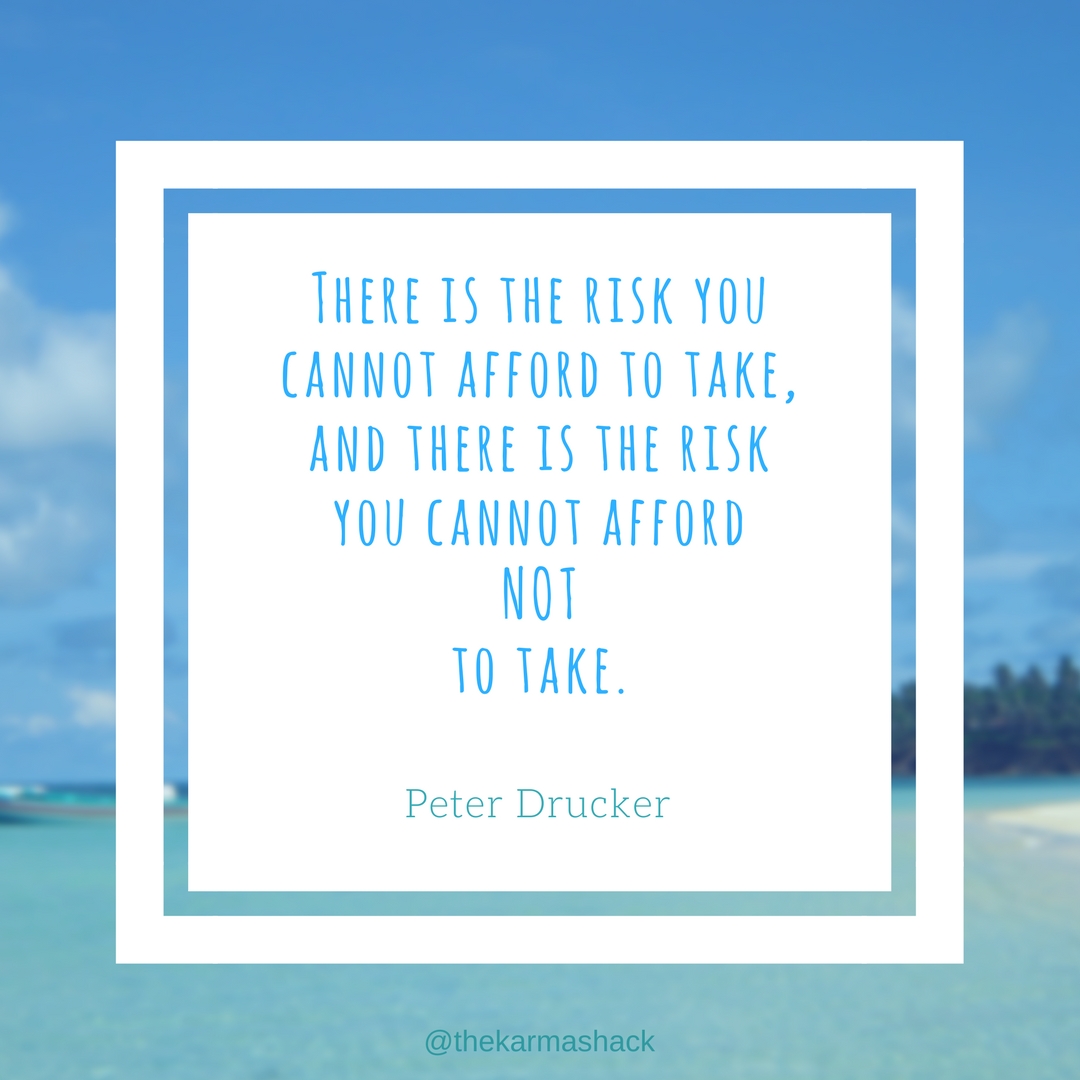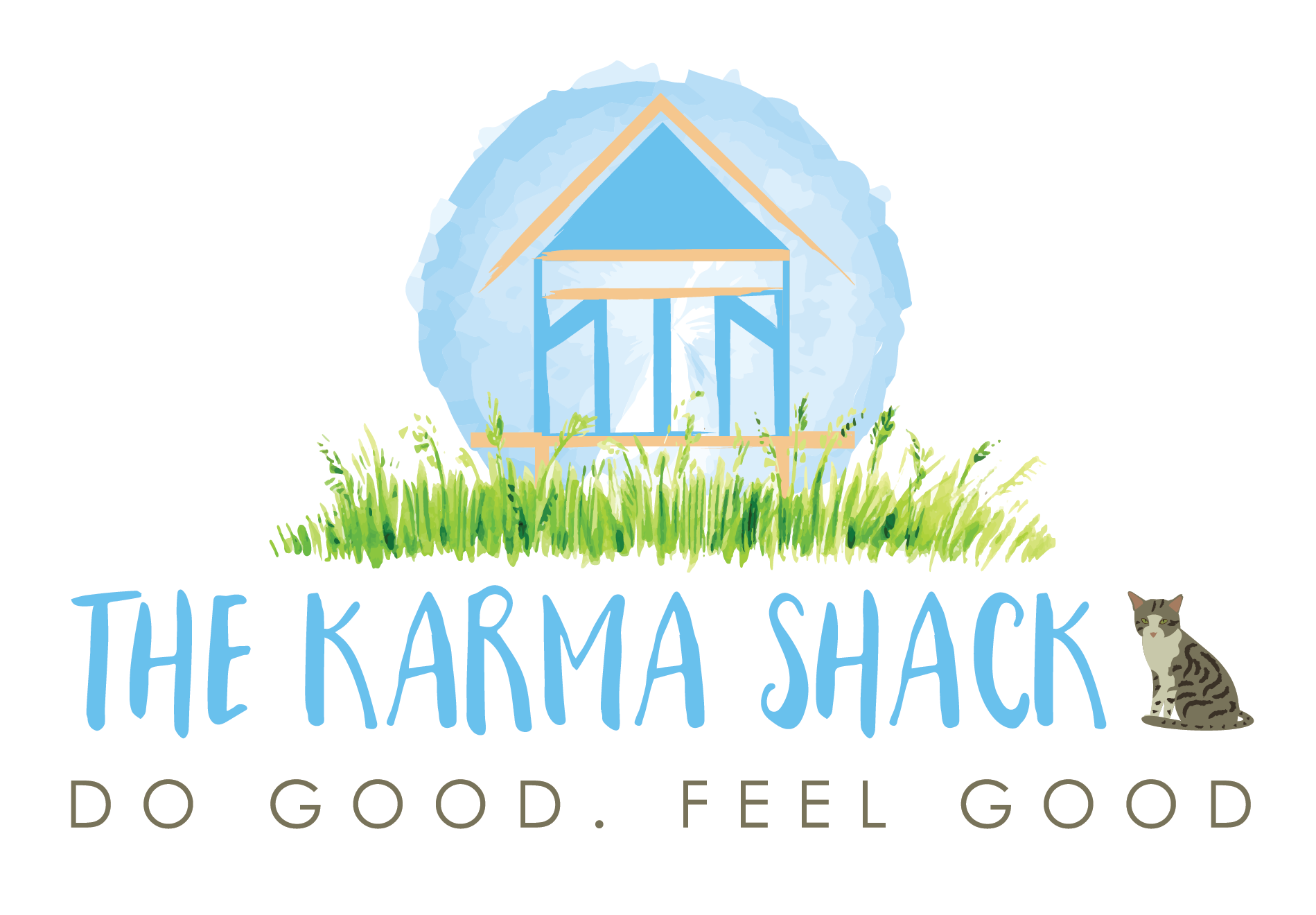
For the last 10 years, I have been living my dream, by myself, in a strange land far from everything that is (or was) familiar.
People see that and they think they would never be able to do it themselves, so they tell me I’m brave.
But I don’t really deserve a medal. Living your dream isn’t brave.
To me, brave people are those who risk their own lives or freedom for the sake of others. The people who overcome tremendous difficulty in life and can still find a smile in their hearts. The people who suffer deeply, but don’t give up hope.
Those are the brave ones, and I’m not of their calibre.
All I have done is get sacked from a job, pack a bag, and take off travelling, leaving the demands of modern society behind for some adventure and freedom. How brave is that?
So no, living your dream isn’t brave. I’m not brave. It’s that I have been able to let go of most of my fears.
Many of us are full of fears of all shapes and sizes: fear of losing our jobs, partners, money, or health; fear of losing face, of rejection, of abandonment; fear of gaining weight, not being pretty or good enough.
We fear failure in every way.
But when the fears subside, life begins.
We think our fears keep us safe, but what they actually do is keep us from taking a leap into the unknown. We are always happy in the comfort zone our fears create, but we ultimately get quite stuck there, going about our lives under the same routines and habits.
Routines are great for structure, productivity, efficiency, and consistency. All of these are great qualities, but they are repetitive. They mostly maintain a status quo. They make our brains go round and round in the same way every day, unable to break free from that pattern.
So, how can we overcome those fears, ease ourselves out of our comfort zone, and go out and make our dreams happen?
By letting go of the habits and routines.
Here are four tools to get started:
>> Try doing something different. Making some small changes in our daily lives can train our “change muscle” in baby-steps. Training with small changes eases our fear of the bigger changes to come. When we break some of our most basic daily habits, it’s surprising how refreshing (instead of scary or difficult) it can be just to drive to work via a different route, wear a different colour, or have something other than your favourite sandwich for lunch (again).
>> Try being playful. Deepak Chopra teaches us in his book, Ageless Body, Timeless Mind, that keeping a youthful mind keeps us healthy. He suggests hanging out with children, playing games, and doing spontaneous things every day like skipping on the sidewalk, dancing in our car, or putting a candle on our dessert to celebrate that it’s Friday. Playfulness gets our mind unstuck.
>> Practice a “Beginner’s Mind.” This concept comes from Zen Buddhism and refers to having an attitude of openness, eagerness, and lack of preconceptions when studying a subject, even when studying at an advanced level, just as a beginner in that subject would. Wonder and curiosity prevail in this attitude.
When we approach any situation in life with a beginner’s mind, there is no concept yet of how things should be done, and no pressure to succeed.
For a Beginner’s Mind, no approach, no technique, and no solution needs to be excluded. This leaves a huge field of possibility wide open for us.
>> Try to be more creative. One of the things that I have learned from all the writing assignments during my apprenticeship with elephant journal is that creativity begets creativity.
As Maya Angelou said, “You can’t use up creativity. The more you use, the more you will have.”
Many of us like to think and say that we’re not creative. But we don’t need to be a Picasso or Mozart to call ourselves creative. Everything we do is an act of creation, including those little changes mentioned in step one. Whether we’re cooking, gardening, making music, painting, or just cleaning and organising the house, we’re creating something.
Our words create bonds with friends and family, or create understanding in our students.
Parents create their children in every detail of their upbringing.
Managers create teams, teams create projects, and projects are materialised by a whole group of people doing a lot of hard work.
We create a good atmosphere during a night out. We create intimacy with our partner.
We are all creators, we are all creative. In every moment, with every thought, and every act, we co-create our own life.
The moment we take charge of that power of creativity and start using it in a more conscious way, our minds will open up, again, to that vast field of possibility.
The great thing is: creativity rubs off. When we stimulate our creativity in one way, our brain is stimulated to be creative in other ways as well.
When I regularly “train” my creativity muscle by writing and gardening, I find myself getting more creative in my yoga teaching, and in the way I handle awkward situations with other people as well. After 50 years, I have even started to like wearing red!
These four tools have one thing in common: they pry open our rigid mind. They all break through our conventional beliefs and thought patterns, they all help us drop formality, restrictions, rules, and expectations.
By getting away from the ruts of convention and habitual thinking, we create space in our minds for new ideas, new views, and new solutions.
When we use these four tools often, our fearful minds start to lighten up, bit by bit.
When our rigid minds—always thinking within the confines of our well-known comfort zone—start to become a little more flexible (they should do more yoga!), it makes us more adaptable when it comes to dealing with difficult situations, unpleasant surprises, or obstacles in our lives.
With our open minds, we are better equipped. We look for possibility instead of firmly believing in failure and doom.
When the mind starts to see possibility, anxiety might start to change into a curiosity to explore.
When we can change our minds and replace all our fears with the love of discovery, we don’t need bravery to go out there and live our dreams.
Life becomes a kaleidoscope of possibility when we put on our curiosity glasses.
Living our dream stops being scary. Instead, it becomes one long path of exciting adventures, where every step can teach us a lesson, hand us a useful experience, connect us with interesting and loving people, or leave us speechless in front of the beauty of life.
They may call what I do brave, but I call it curiosity.
And curiosity hasn’t killed my cat yet. Actually, it makes him braver every day.
This article was first published in Elephant Journal.
